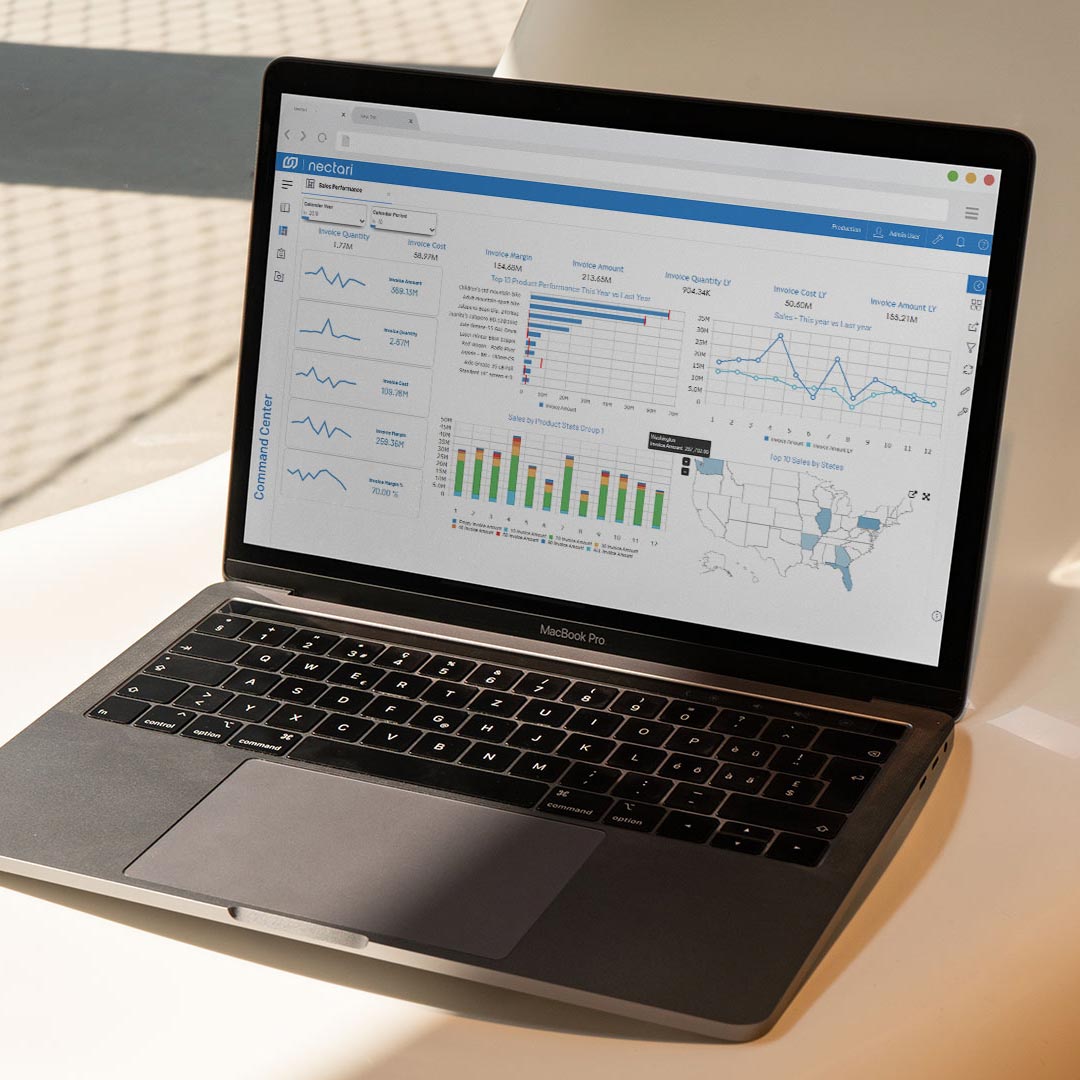Cloud Sage ERP vs on-premises Sage ERP: Which is right for SMEs?
For small and medium-sized enterprises (SMEs), choosing the right ERP system can be challenging. With multiple deployment options available, it’s...
Switchboard: 0344 880 61411 | Helpdesk: 0344 880 6155
4 min read
CPiO Limited : Mar 19, 2024 10:52:10 AM

Have you stumbled upon this page by chance, or are you strategically navigating the exciting (and sometimes daunting) world of ERP systems? Perhaps you're a satisfied Sage 200 user but pondering a move as your expanding business demands a more robust solution. Maybe you're starting fresh, seeking the perfect ERP solution to fuel your growth. Whatever your situation, choosing the right system is crucial for future success. But with both Sage 200 and Sage X3 offering enticing features, how do you choose the right one to propel your future success?
Worry not, this blog delves into the key differences between the powerhouses that are Sage 200 and Sage X3, helping you find your perfect match.
Before jumping into the Sage X3 vs Sage 200 discussion, it's important to acknowledge that both are market leading ERP solutions in their respective target markets. However, they differ significantly in their capabilities.
Sage X3 is Sage’s flagship ERP system, crafted for growth-minded organisations, its scalability and configurability empower you to manage both present and future demands. Sage X3 is where versatility thrives, the solution includes everything you would expect from Sage but with a whole host of added features and benefits that can hold up against any global ERP solution. Sage X3 is a single solution that provides all key business processes in one place. The software is highly customisable and has the functionality to expand into new markets and services.
Sage 200 on the other hand is aimed at small to medium sized businesses and designed as a Finance Management, ERP and accounting software solution. With two different version of Sage 200 available, Sage 200 Standard and Sage 200 professional, the software is highly flexible and configurable yet easy to use. To compare the differences between Sage 200 Standard and Sage 200 Professional, you can read more in this article.
Let’s delve into comparing features, scalability, and cost to ensure your decision propels your business forward.
Sage 200 and Sage X3 are both comprehensive business management solutions offering functionalities for various areas like warehousing, supply chain, supplier management, sales, after-sales service, customer relationship management (CRM), business intelligence (BI), inventory control, finance, and more.
Both systems aim to streamline and automate processes across different departments, enabling efficient decision-making through business intelligence reports. Designed for scalability and flexibility, they adapt to the evolving needs of growing businesses. With both on-premise and mobile access, users can manage their business operations remotely.
When considering Sage 200 vs Sage X3, both solutions offer robust accounting and finance features for managing your business but, with unique functionalities and add-on modules, each caters to different needs. Both are adaptable to various industries but excel in specific verticals.
Sage X3 is designed for medium and large companies, particularly those operating internationally. Its multi-language capabilities, multi-company functionality, and multi-legislation support caters to diverse global markets and complex organisational structures. Commonly used in product-centric industries like process manufacturing, discrete manufacturing, distribution, chemicals, food and beverage and services, Sage X3 offers:
Despite its user-friendly interface, Sage X3 caters to complex operational needs through features like role-based access control, workflow automation, and advanced data analytics.
Sage 200 is often referred to as the king of warehouse management for small and medium-sized businesses, and typically a popular choice for industries like manufacturing, wholesale and distribution, non-profit, retail and service sectors. Designed for companies with 10 - 200 employees, this business management tool offers several key features:
Sage 200 is ideal for larger SME’s or medium sized enterprises, while the Sage X3 is a good choice for larger businesses who operate in multiple countries.
Typically, Sage X3 is recommended for companies with over 50 employees with more than £10 million turnover. However, it is highly flexible and configurable so if your business is smaller than this, but has complex requirements and ambitious growth plans, then it could still be the right solution for your company long term.
The Sage 200 vs Sage X3 comparison highlights the robust functionalities of both products. However, they do cater to distinct organisational needs, particularly in areas critical for complex business operations.
Multi-company management
Sage X3 shines in managing intricate structures with multiple companies and subsidiaries.
Sage 200's capabilities in this realm are limited, making it less suitable for organisations with complex multi-entity structures.
International operations
Sage X3 bridges the language and currency barriers for businesses venturing into global markets, with its built-in multilingual and multi-currency features.
Sage 200, while offering limited language support through add-ons, primarily caters to English-speaking markets, potentially hindering its effectiveness for international businesses.
Advanced functionality
For businesses with intricate manufacturing processes, Sage X3 offers a comprehensive suite of functionalities, that includes production planning and control, shop floor management, and robust quality control measures.
Sage 200 focuses on core functionalities like managing bills of materials, work orders, and inventory, making it suitable for less intricate manufacturing environments.
Beyond the core differences discussed, additional factors come into play when choosing the right Sage solution. Scalability, pricing and industry-specific functionalities are crucial considerations. Sage X3 offers industry-specific functionalities through add-ons, potentially catering to specific verticals more effectively than Sage 200. However, Sage X3 typically comes with a higher cost due to its broader range of functionalities and scalability. You can compare the cost difference between Sage X3 and Sage 200, by visiting our dedicated pricing pages:
Remember: This Sage X3 vs Sage 200 blog is just a starting point! Ultimately, the best choice hinges on your specific business needs and long-term goals, budget, and implementation complexity. Carefully evaluate your current and future requirements, weigh up the cost differences, and consider the potential implementation effort for each solution. Our Sage experts at CPiO are here to guide you.
Contact us for a free consultation and discover the perfect Sage solution for your business journey.

For small and medium-sized enterprises (SMEs), choosing the right ERP system can be challenging. With multiple deployment options available, it’s...

For businesses navigating the international trade tariff changes, evidence from our SME survey shows that many manufacturing and distribution ...

In today’s competitive business landscape, efficient supply chain management (SCM) is essential for staying ahead. From sourcing raw materials to...
Keep up to date with CPiO's latest blogs, news and events

FSB research shows that every quarter, 52% of SMEs in the UK suffer from late payments. Late payments have devastating knock-on effects; cash flow is...

Analytics and Business Intelligence (BI) is an organisation’s priority. Nearly 50% of all businesses already use BI tools, and this number is...

Discover how Sage expertise, ERP solutions, and industry insights can streamline operations, eliminate complexity, and pave the way for...